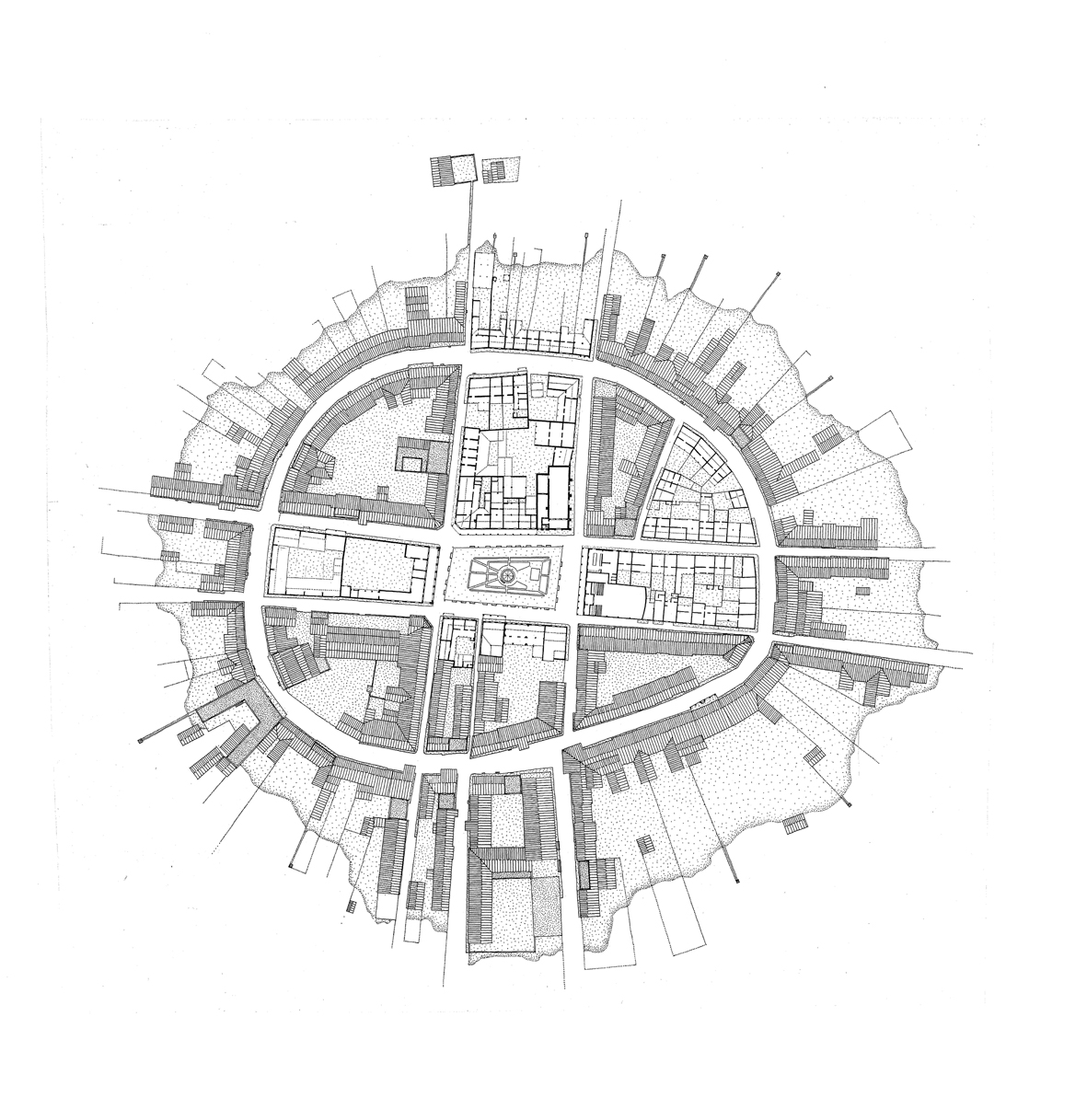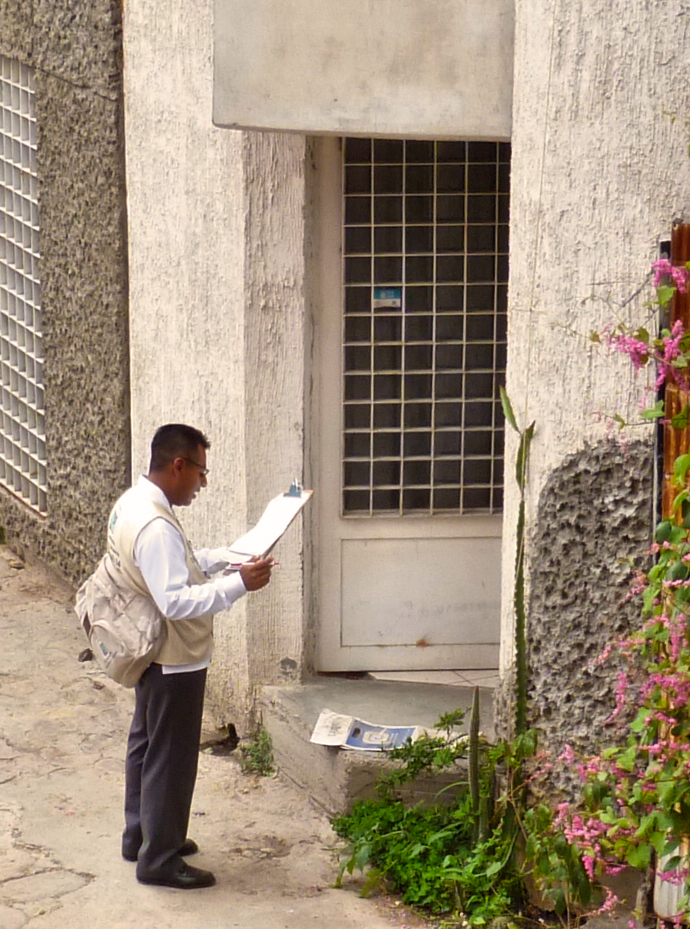|
Mexcaltitán De Uribe
Mexcaltitán de Uribe, also known simply as Mexcaltitán, is a small man-made island-city in the municipality of Santiago Ixcuintla in the Mexican state of Nayarit. Its name derives from two Náhuatl words, '':wikt:mexcalli#Classical_Nahuatl, mexcalli'' ("cooked maguey, cooked agave") and suffix '':wikt:-titlan#Classical_Nahuatl, -titlan'' ("among, around; under"). Some historians have raised the possibility that it was the Aztlan of the Aztecs, their home city and birthplace from where they set out on their pilgrimage in 1091 that led them to the founding of Tenochtitlan. This island is now being promoted as a tourist attraction. It was designated a "Pueblos Mágicos (Mexico), Pueblo Mágico" by the federal government in 2001, and, after losing the status for several years, was reinstated in the program in 2020. It is accessible by boat from La Batanga, which is the dock area located some 40 kilometers from Santiago Ixcuintla. It is known as "The Mexican Venice" (''La Venecia Mexic ... [...More Info...] [...Related Items...] OR: [Wikipedia] [Google] [Baidu] |
Santiago Ixcuintla
Santiago de Ixcuintla is a municipality and a municipal seat in the western Mexico, Mexican state of Nayarit. The municipal population was 93,981 inhabitants (census of 2020) with the municipal seat having a population of 25,241. The area of the municipality was 1,831.92 square kilometers. It is located at 21º48'40" N and 105º12'23" W. The most important population centers are the municipal seat, Santiago Ixcuintla, with 18,169 inhabitants; Villa Hidalgo with 11,175, La Presa with 3,932, Yago with 3,919, Pozo de Ibarra with 3,342 and Villa Juárez with 3,158. Forty-six percent of the population lives in these communities. Much of the land is only slightly above sea level. Lagoons make up the western section where two important rivers, the Río Grande de Santiago and the Río San Pedro, enter the sea. In the east, the land gradually rises to form the foothills of the Sierra Madre Occidental. The municipal seat of Santiago is situated at approximately 30 meters above sea le ... [...More Info...] [...Related Items...] OR: [Wikipedia] [Google] [Baidu] |
Tepic
Tepic () is the capital and largest city of the western Mexico, Mexican Political divisions of Mexico, state of Nayarit, as well as the seat of the Tepic Municipality. Located in the central part of the state, it stands at an altitude of above sea level, on the banks of the Río Mololoa and the Río Tepic, approximately north-west of Guadalajara, Jalisco. Nearby are the volcanoes of San Juan, Las Navajas, and Sangangüey. Tepic is the primary urban center of this rich agricultural region; major crops include sugarcane, tobacco and citrus fruits. The city was founded in 1531 as ''Villa del Espíritu Santo de la Mayor España''. Population Indigenous population Tepic has the second-largest indigenous population in the State of Nayarit, 4,375. The most prominent groups among them are the Huichol people, Huichol or Wixárika (3,276), Cora people, Cora (527) and Purépecha (101). Religion Catholicism is the most prominent religion in Tepic with 94.2% of the population. Its ... [...More Info...] [...Related Items...] OR: [Wikipedia] [Google] [Baidu] |
Secretariat Of Health (Mexico)
The Secretariat of Health ( Spanish: ''Secretaría de Salud'') is the government department in charge of all social health services in Mexico, and an integral part of the Mexican health system. The Secretary of Health is a member of the Executive Cabinet and is appointed at the discretion of the President of the Republic. In recent years, the Secretary of Health has played a more restricted role, as many of its functions have been transferred to the corresponding institutions of the individual Mexican States. List of recent Secretaries of Health See also * Salvador Zubirán National Institute of Health Sciences and Nutrition References External links *http://salud_2013.salud.gob.mx/ (in Spanish)Federal Commission for the Protection against Sanitary Risk(in Spanish) {{Authority control Mexico, Secretariat of Health Health, Secretariat of * 1938 establishments in Mexico Health Health Health has a variety of definitions, which have been used for different purposes ... [...More Info...] [...Related Items...] OR: [Wikipedia] [Google] [Baidu] |
Elementary School
A primary school (in Ireland, India, the United Kingdom, Australia, New Zealand, Trinidad and Tobago, Jamaica, South Africa, and Singapore), elementary school, or grade school (in North America and the Philippines) is a school for primary education of children who are 4 to 10 years of age (and in many cases, 11 years of age). Primary schooling follows preschool and precedes secondary schooling. The International Standard Classification of Education considers primary education as a single phase where programmes are typically designed to provide fundamental skills in reading, writing, and mathematics and to establish a solid foundation for learning. This is ISCED Level 1: Primary education or first stage of basic education.Annex III in the ISCED 2011 English.pdf Navigate to International St ... [...More Info...] [...Related Items...] OR: [Wikipedia] [Google] [Baidu] |
Ejido
An ''ejido'' (, from Latin ''exitum'') is an area of communal land used for agriculture in which community members have usufruct rights, which in Mexico is not held by the Mexican state. People awarded ejidos in the modern era farm them individually in parcels and collectively maintain communal holdings with government oversight. Although the system of ''ejidos'' was based on an understanding of the preconquest Aztec calpulli and the medieval Spanish ejido, since the 20th century ejidos have been managed and controlled by the government. After the Mexican Revolution, ''ejidos'' were created by the Mexican state to grant lands to peasant communities as a means to stem social unrest. As Mexico prepared to enter the North American Free Trade Agreement in 1991, President Carlos Salinas de Gortari declared the end of awarding ejidos and allowed existing ejidos to be rented or sold, ending land reform in Mexico. History Colonial-era indigenous community land holdings In central ... [...More Info...] [...Related Items...] OR: [Wikipedia] [Google] [Baidu] |
Catholic Church
The Catholic Church (), also known as the Roman Catholic Church, is the List of Christian denominations by number of members, largest Christian church, with 1.27 to 1.41 billion baptized Catholics Catholic Church by country, worldwide as of 2025. It is among the world's oldest and largest international institutions and has played a prominent role in the history and development of Western civilization.Gerald O'Collins, O'Collins, p. v (preface). The church consists of 24 Catholic particular churches and liturgical rites#Churches, ''sui iuris'' (autonomous) churches, including the Latin Church and 23 Eastern Catholic Churches, which comprise almost 3,500 dioceses and Eparchy, eparchies List of Catholic dioceses (structured view), around the world, each overseen by one or more Bishops in the Catholic Church, bishops. The pope, who is the bishop of Rome, is the Papal supremacy, chief pastor of the church. The core beliefs of Catholicism are found in the Nicene Creed. The ... [...More Info...] [...Related Items...] OR: [Wikipedia] [Google] [Baidu] |
Museum
A museum is an institution dedicated to displaying or Preservation (library and archive), preserving culturally or scientifically significant objects. Many museums have exhibitions of these objects on public display, and some have private collections that are used by researchers and specialists. Museums host a much wider range of objects than a library, and they usually focus on a specific theme, such as the art museums, arts, science museums, science, natural history museums, natural history or Local museum, local history. Public museums that host exhibitions and interactive demonstrations are often tourist attractions, and many draw large numbers of visitors from outside of their host country, with the List of most-visited museums, most visited museums in the world attracting millions of visitors annually. Since the establishment of Ennigaldi-Nanna's museum, the earliest known museum in ancient history, ancient times, museums have been associated with academia and the preserva ... [...More Info...] [...Related Items...] OR: [Wikipedia] [Google] [Baidu] |
INEGI
The National Institute of Statistics and Geography (INEGI from its former name in ) is an autonomous agency of the Government of Mexico, Mexican Government dedicated to coordinate the National System of Statistical and Geographical Information of the country. It was created on January 25, 1983, by presidential decree of Miguel de la Madrid. It is the institution responsible for conducting the Censo General de Población y Vivienda every ten years; as well as the Censo Económico, economic census every five years and the agricultural, livestock and forestry census of the country. The job of gathering statistical information of the Institute includes the monthly gross domestic product, consumer trust surveys and proportion of commercial samples; employment and occupation statistics, domestic and couple violence; as well as many other jobs that are the basis of studies and projections to other governmental institutions. The Institute headquarters are in the Aguascalientes, Aguasc ... [...More Info...] [...Related Items...] OR: [Wikipedia] [Google] [Baidu] |
Secretariat Of Tourism (Mexico)
The Mexican Secretary of Tourism (, ''SECTUR'') is the government department in charge of the nation's tourism promotion and development. The Secretary is appointed by the President of the Republic and is a member of the federal executive cabinet. The department conducts the development policy for national tourist activity and promotes tourist development zones in conjunction with the states. List of secretaries * President Luis Echeverría ** (1975–1976) : Julio Hirschfeld Almada * President José López Portillo ** (1976–1980) : Guillermo Rossell de la Lama ** (1980–1982) : Rosa Luz Alegría Escamilla * President Miguel de la Madrid ** (1982–1988) : Antonio Enríquez Savignac * President Carlos Salinas de Gortari ** (1988–1990) : Carlos Hank González ** (1990–1993) : Pedro Joaquín Coldwell ** (1993–1994) : Jesús Silva Herzog Flores * President Ernesto Zedillo ** (1994–1997) : Silvia Hernández Enríquez ** (1997–2000) : Óscar Espinosa Villar ... [...More Info...] [...Related Items...] OR: [Wikipedia] [Google] [Baidu] |
Alfredo Chavero
Alfredo Chavero (1841–1906) was a Mexican archaeologist, politician, poet, and dramatist. According to Howard F. Cline, "Chavero's most enduring claim to remembrance rests...on iscompletion and extension of Ramírez's plans to republish major native histories and his editorship of pictorial documents." Research Chavero conducted numerous investigations on Mexican antiquities. He published ''Historia Antigua de Mexico'', as well as several works on Aztec archaeology, especially on ancient monuments. While excavating the pyramids of Cholula, he discovered some idols that are now in the National Museum of Mexico. His books are often referred to because of his research on Father Sahagún and to the Sun Stone. . Political career Chavero became a member of the Mexican Congress in 1869. He supported the Mexican presidents Benito Juárez, Sebastián Lerdo de Tejada, Manuel González, and Porfirio Díaz in succession, notwithstanding their different policies. On 25 June 18 ... [...More Info...] [...Related Items...] OR: [Wikipedia] [Google] [Baidu] |
Aztlán
Aztlán (from or romanized ''Aztlán'', ) is the ancestral home of the Aztec peoples. The word "Aztec" was derived from the Nahuatl a''ztecah'', meaning "people from Aztlán." Aztlán is mentioned in several ethnohistorical sources dating from the colonial period, and while each cites varying lists of the different tribal groups who participated in the migration from Aztlán to central Mexico, the Mexica who later founded Mexico-Tenochtitlan are mentioned in all of the accounts. Historians have speculated about the possible location of Aztlán and tend to place it either in northwestern Mexico or the Southwestern United States, although whether Aztlán represents a real location or a mythological one is a matter of debate. History Nahuatl histories relate that seven tribes lived in Chicomoztoc, or "the Place of the Seven Caves". Each cave represented a different Nahua group: the Xochimilca, Tlahuica, Acolhua, Tlaxcalteca, Tepaneca, Chalca, and Mexica. Along with these peo ... [...More Info...] [...Related Items...] OR: [Wikipedia] [Google] [Baidu] |




